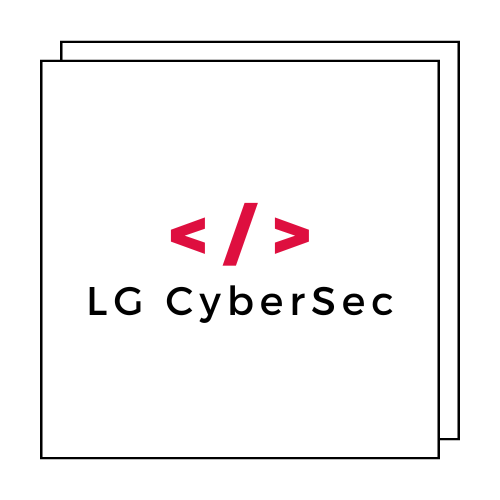In today’s threat landscape, securing your Atlassian Jira and Confluence instances has become more critical than ever. With cyber attacks targeting enterprise collaboration platforms increasing by over 300% in recent years, implementing robust security hardening measures isn’t just recommended—it’s essential for business survival. Whether you’re managing a small team’s project tracking system or enterprise-wide knowledge management platform, this comprehensive guide will walk you through the essential steps to fortify your Atlassian environment against modern security threats.
Atlassian’s suite of tools, including Jira for project management and Confluence for documentation and collaboration, often contains sensitive business data, intellectual property, and confidential project information. A security breach in these systems can lead to devastating consequences, including data theft, compliance violations, and significant financial losses. By following the security hardening practices outlined in this guide, you’ll create multiple layers of protection that significantly reduce your attack surface and enhance your overall cybersecurity posture.
Understanding the Atlassian Security Landscape
Before diving into specific hardening techniques, it’s crucial to understand the unique security challenges posed by Jira and Confluence deployments. These applications typically integrate with numerous third-party systems, handle sensitive data, and support multiple user access levels, creating a complex security environment that requires careful attention.
Common Security Vulnerabilities in Atlassian Products
Atlassian regularly publishes security advisories through their Security Center, highlighting vulnerabilities that affect their products. Common security issues include:
- Cross-site scripting (XSS) vulnerabilities in custom fields and plugins
- SQL injection risks in third-party add-ons
- Authentication bypass vulnerabilities
- Privilege escalation through misconfigured permissions
- Remote code execution via malicious file uploads
Understanding these vulnerabilities helps prioritize your security hardening efforts and ensures you’re addressing the most critical risks first.
Essential Authentication and Access Control Hardening
Implementing Multi-Factor Authentication (MFA)
Multi-factor authentication represents your first and most important line of defense against unauthorized access. For Atlassian Cloud instances, enable MFA through the admin console by navigating to Security → Authentication policies. For Server and Data Center deployments, integrate with enterprise identity providers like Okta or Azure Active Directory.
Best practices for MFA implementation include:
- Enforcing MFA for all administrative accounts without exception
- Requiring MFA for users accessing sensitive projects or spaces
- Implementing backup authentication methods for account recovery
- Regular auditing of MFA enrollment and compliance rates
Strengthening Password Policies
Robust password policies form the foundation of secure authentication. Configure your Atlassian instances to enforce:
- Minimum password length of 12 characters
- Complex password requirements including uppercase, lowercase, numbers, and special characters
- Password history restrictions preventing reuse of the last 12 passwords
- Automatic password expiration every 90 days for high-privilege accounts
- Account lockout policies after 5 failed login attempts
Role-Based Access Control (RBAC) Configuration
Implementing granular access controls ensures users only have the minimum permissions necessary for their roles. Follow the principle of least privilege by:
- Creating custom permission schemes tailored to specific project requirements
- Regularly reviewing and auditing user permissions
- Implementing approval workflows for permission changes
- Utilizing groups for permission management rather than individual user assignments
Network Security and Infrastructure Hardening
SSL/TLS Configuration and HTTPS Enforcement
Securing data in transit is fundamental to protecting sensitive information. Implement comprehensive SSL/TLS hardening by:
- Enforcing HTTPS for all communications using strong TLS 1.3 protocols
- Implementing HTTP Strict Transport Security (HSTS) headers
- Using strong cipher suites and disabling weak encryption algorithms
- Regular SSL certificate monitoring and automated renewal processes
For Server and Data Center installations, configure your reverse proxy or load balancer to handle SSL termination with proper security headers.
Network Segmentation and Firewall Rules
Proper network segmentation limits the potential impact of security breaches. Implement network security measures including:
- Placing Atlassian servers in isolated network segments
- Restricting database server access to application servers only
- Implementing Web Application Firewalls (WAF) for additional protection
- Regular vulnerability scanning of network infrastructure
Database Security Hardening
Database Access Controls and Encryption
Your Atlassian database contains the most sensitive information in your environment. Secure it by:
- Creating dedicated database users with minimal required permissions
- Implementing database connection encryption using SSL/TLS
- Enabling transparent data encryption (TDE) for data at rest
- Regular database security patching and updates
- Implementing database activity monitoring and logging
Backup Security and Recovery Planning
Secure backups are essential for business continuity and ransomware recovery. Implement comprehensive backup security measures:
- Encrypting all backup files using strong encryption standards
- Storing backups in geographically separate locations
- Regular backup restoration testing and validation
- Implementing immutable backup storage to prevent tampering
- Creating detailed disaster recovery procedures and documentation
Application-Level Security Configuration
Secure Configuration Management
Proper application configuration significantly reduces security risks. Key configuration hardening steps include:
- Disabling unnecessary services and features
- Configuring secure session management settings
- Implementing Content Security Policy (CSP) headers
- Disabling directory listings and verbose error messages
- Regular configuration reviews and compliance checking
Plugin and Add-on Security Management
Third-party plugins represent significant security risks if not properly managed. Implement plugin security best practices:
- Maintaining an approved plugin whitelist and regular security reviews
- Implementing plugin vulnerability scanning using tools like Sonatype Nexus
- Regular plugin updates and security patch management
- Testing plugins in non-production environments before deployment

